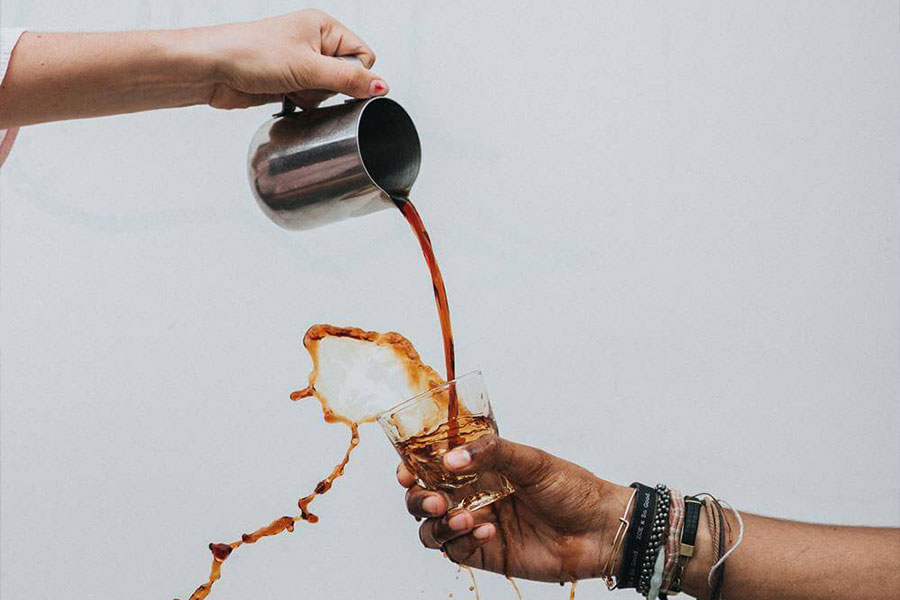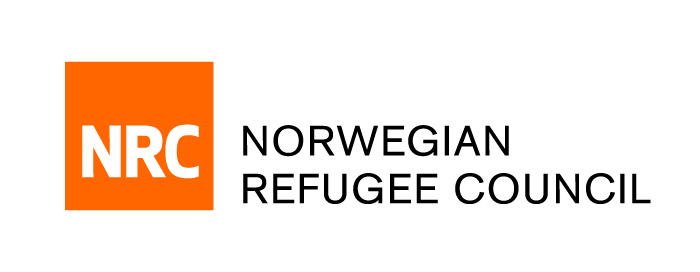
Radar |
Just a week ago, a grand-motherly figure in her eighties knocked on my door. As I opened, she closed her mouth with her netela, a handmade cloth, as a substitute for a face mask, and asked me if I had any yemich medhanit. It is an indigenous plant better known as dama kesse and is considered medicinal. Indeed, it had been an invaluable home remedy until access to modern medication improved.
I had to tell her that I did not have any, and my garden boasted very few indigenous plants. I was embarrassed, but it also took me back to the days when I used to work with an NGO. Unlike me, my non-national colleagues were not obsessed with the likes of BBC Radio. They preferred local content, which is abundant on the radio.
One day, as we were listening, a piece of news came about a house in the neighbourhood I used to live in. It told the story of another local offering, this time, instead of being medicinal, alcoholic. It was the famous areqe, locally distilled alcohol that can make vodka look like maple syrup.
The news was about two guys that get into a drinking competition. It all started after two long-term customers of a bar got into an argument about who has higher alcohol tolerance. The duel ended with both going toe-to-toe only to find that they are both formidable drinkers. There were no winners, but they won the admiration of their drunkard friends. Fortunately, they did not get alcohol poisoning. They went to their home and slept for nearly a full day.
My colleagues asked me about the ingredients of areqe, or its formula. I had no idea. Based on how much the country has failed to brand and market its traditional alcoholic drinks, it also indicates how local knowledge and tastes easily dissipates.
The torrents of nomenclature we were required to memorise while we were in school, the Latin names, genus and species, have not been much help. Sure, we are all taught about indigenous plants and alcoholic processes. But the system was supposed to provide us with the same tools for the identification of organisms. It did not. Most of us only get to see them in textbooks.
There is also our weaknesses in failing to be curious about the popular names of plants. Rarely have I come across a plant or a process and attempted to relate it with what I learned in school. This is unlike the many non-nationals that come to Ethiopia and are doubly curious.
Take Médecins Et Médecine En Éthiopie, a book from a doctor known as Merab, who was a personal physician of Emperor Menelik. It was published in 1912 in French, and is about local herbal remedies. He wrote several books, yet I am more impressed, and at the same time equally saddened, by the absence of its types.
He made observations on the constitutional origin and treatment of twenty local diseases through unrelenting admiration of the indigenous medicines in Ethiopia. It is a capsule of wisdom for anybody that wants to write a research book in the medical profession.
These local remedies have been tried and tested over centuries. They may not rival modern medicine, but they also provide a wealth of wisdom about earlier forms of knowledge. The same goes for local concoctions of alcohol.
I hope that if the older woman turns up at my house, she will definitely get some of the things she will be looking for next time.
PUBLISHED ON
May 23,2021 [ VOL
22 , NO
1099]


Radar |

My Opinion | Feb 12,2022

Photo Gallery | Oct 06,2021

Fortune News | Jan 26,2019

Editorial | Jan 09,2021

Life Matters | May 23,2021

Exclusive Interviews | Dec 12,2020

View From Arada | Dec 25,2021

Fortune News | Jun 10,2021

Radar | Jul 13,2020

Dec 22 , 2024 . By TIZITA SHEWAFERAW
Charged with transforming colossal state-owned enterprises into modern and competitiv...

Aug 18 , 2024 . By AKSAH ITALO
Although predictable Yonas Zerihun's job in the ride-hailing service is not immune to...

Jul 28 , 2024 . By TIZITA SHEWAFERAW
Unhabitual, perhaps too many, Samuel Gebreyohannes, 38, used to occasionally enjoy a couple of beers at breakfast. However, he recently swit...

Jul 13 , 2024 . By AKSAH ITALO
Investors who rely on tractors, trucks, and field vehicles for commuting, transporting commodities, and f...

Oct 18 , 2025
The political establishment, notably the ruling party and its top brass, has become p...

Oct 11 , 2025
Ladislas Farago, a roving Associated Press (AP) correspondent, arrived in Ethiopia in...

Oct 4 , 2025
Eyob Tekalegn (PhD) had been in the Governor's chair for only weeks when, on Septembe...

Sep 27 , 2025
Four years into an experiment with “shock therapy” in education, the national moo...